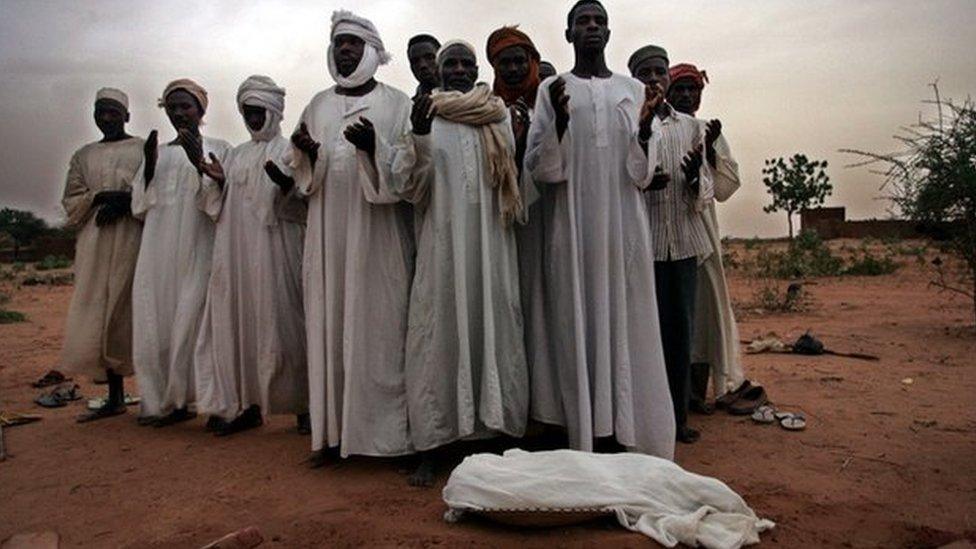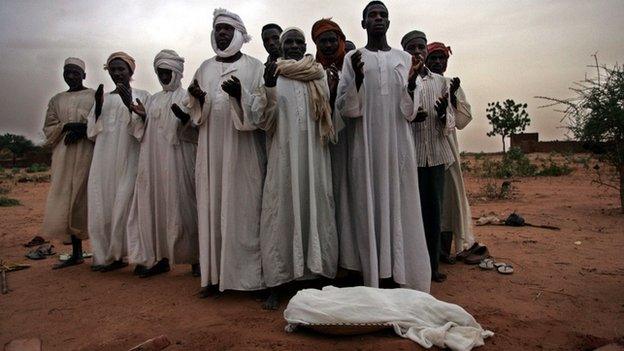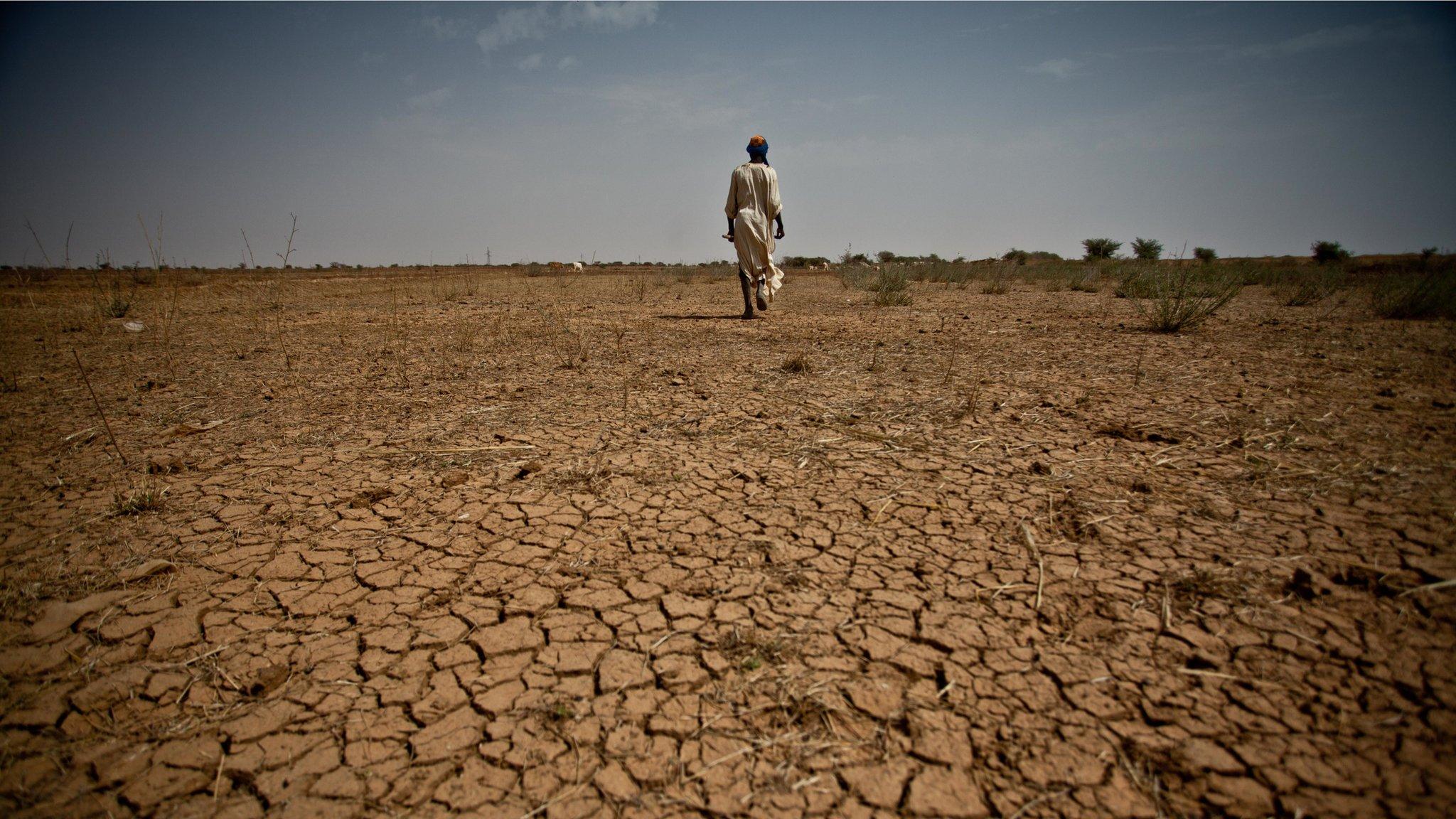Conflict drives 'alarming' global hunger, report shows
- Published

Conflict is "development in reverse" and a key factor that is leaving almost 800 million without enough food, the 2015 Global Hunger Index has concluded, external.
Many of the 52 nations where the situation is serious or alarming are predominately ones experiencing civil unrest, the annual assessment says.
However, hunger in developing countries has fallen by 27% since 2000, it added.
The International Food Policy Research Institute, Concern Worldwide, and Welthungerhilfe compiled the index.
The 2015 Global Hunger Index (GHI) listed three African nations as the ones with the highest levels of severe hunger: Central African Republic, Chad and Zambia.
"It is perhaps not surprising that the first two of these three countries have been plagued with high hunger levels, given the violent conflict and instability their people face," the authors wrote.
A number of nations were not included in the latest assessment - such as South Sudan, DR Congo and Syria - because it was not possible to gather reliable data. However, it was known that the population in these countries were widely experiencing hunger and malnutrition.
Hungry for change?
Dominic MacSorley, chief executive of humanitarian organisation Concern Worldwide, said: "Conflict is development in reverse. Without peace, ending poverty and hunger by 2030 will never be achieved.
"The time has come for the international community to make conflict prevention, mitigation and resolution a far higher priority," he added.
The world recently adopted the UN Sustainable Development Goals (SDGs), external, 17 targets for 2030, which included the goal to "end hunger, achieve food security and improve nutrition and promote sustainable agriculture".
The UN SDGs were formally adopted in September and are designed to replace the UN's Millennium Development Goals.
The GHI is described as a tool designed to "comprehensively measure and track hunger globally, regionally and by country". It considers a range of factors, including hunger (fewer than 1,800 calories a day), undernutrition and malnutrition.
The index combines four indicators in calculating a nation's Index score:
Undernourishment: the proportion of undernourished people as a percentage of the population
Child wasting: the proportion of children under the age of five who suffer from wasting (low weight for their height, reflecting acute undernutrition)
Child stunting: the proportion of children under the age of five who suffer from stunting (low height for their age, reflecting chronic undernutrition)
Child mortality: the mortality rate of children under the age of five
Despite the problems of feeding people caught in the middle of violent unrest, the 2015 Index shows that on a global scale, progress has been made since the turn of the century.
"The level of hunger in developing countries as a group has fallen by 27%," the report said.
But it added that the state of hunger in the world remained "serious".
"Levels of hunger are alarming or serious in 52 countries. While no countries are classified in the extremely alarming category this year, this high level of hunger could still exist," it warned, saying that there was insufficient data for a number of sub-Saharan nations that had recently suffered from a severe lack of food.
In its global assessment, the report said the battle to end hunger continued, with one-in-nine people remaining chronically undernourished and a quarter of children too short for their age as a result of a lack of access to nutritional food. It added that malnutrition claimed the lives of about 3.1 million children each year, accounting for almost half of the deaths of children under the age of five.
But Dr Shenggen Fan, director general of the International Food Policy Research Institute, said the achievements of some nations offered a sign of hope.
He said: "We are more confident today than ever before that we can end hunger, provided we do not rest on our accomplishments."
- Published13 November 2014

- Published23 May 2012

- Published6 May 2015

- Published4 December 2014
